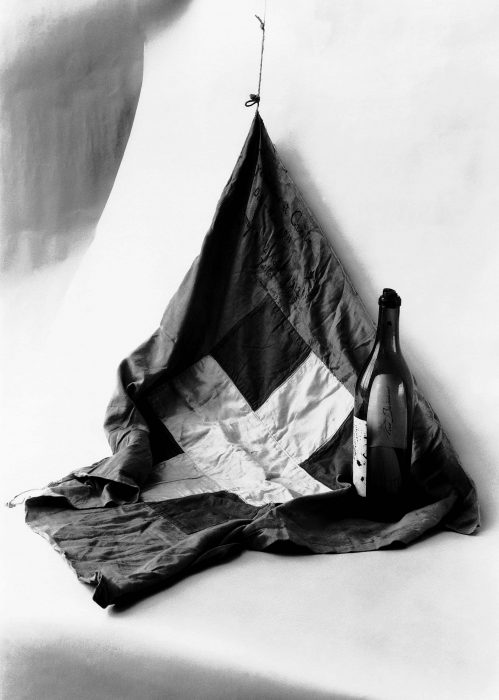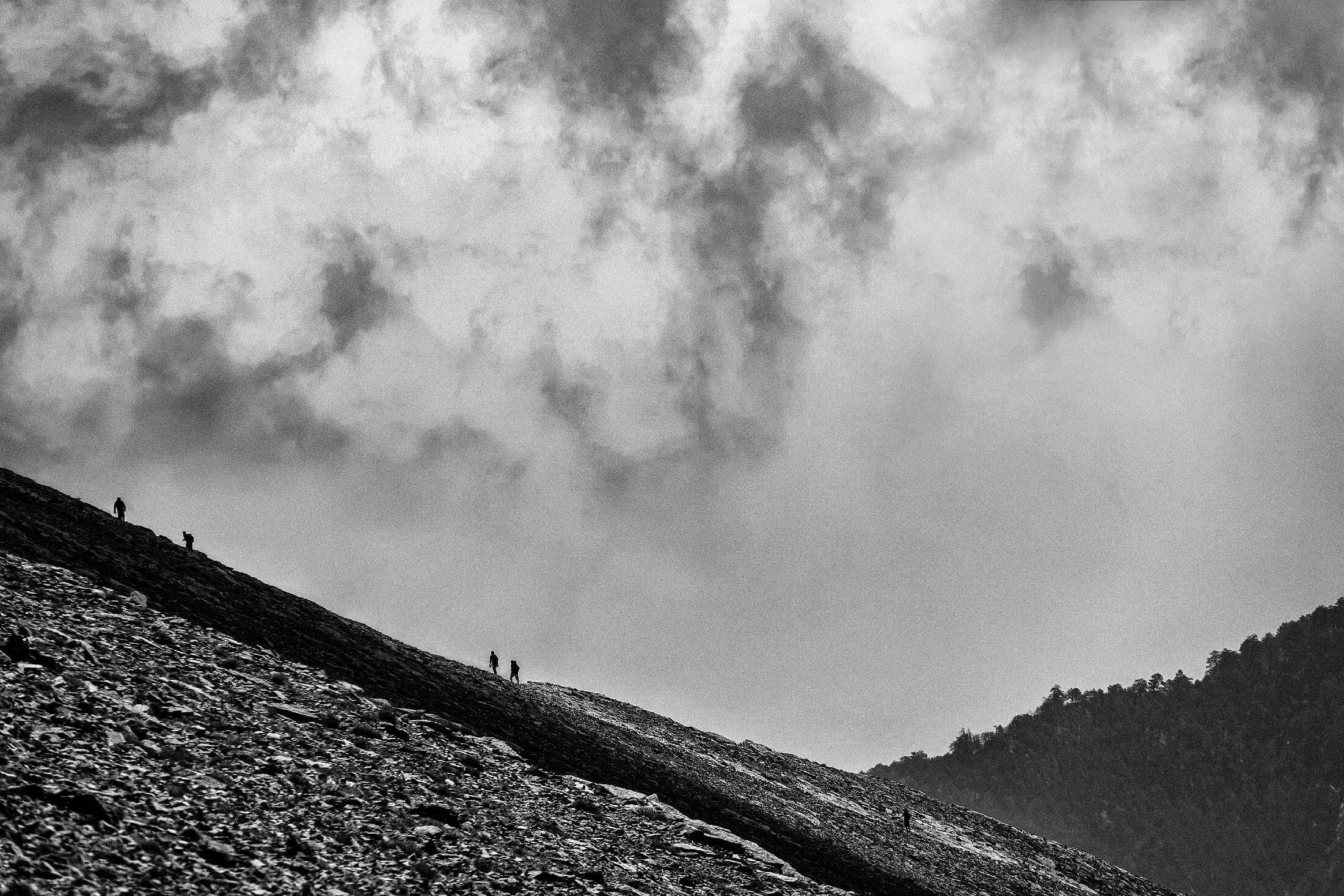MOUNT OLYMPUS
Home » THE MOUNTAIN » Conquering Mount Olympus
The ascents on Olympus and the efforts to conquer its highest peak date back from the antiquity. However, it was only at the beginning of the 20th century that the “Seat of Gods”, the peak of Mytikas, was conquered at 2.917 meters high.
Frederic Boissonnas, a Swiss publisher, and Daniel Bond – Bovy, a writer, were the first climbers who had the honour to make the ascension of the Mytikas mountain. Leaded by the hunter Christos Kakalos, native of Litochoro, and after having wandered for a month and having unsuccessfully tried to ascend the mountain, they managed to reach the steep and untrodden peak of Olympus, on the 2nd of August 1913, which they named “Eleftherios Venizelos Peak”, in honour of the Balkan war victor Greek prime-minister. Due to the tumult of the first world-war, the conquest of the Olympus peak became known at the end of the war, six years later, in 1919, when it was published in a special French magazine.
It was the end of a long adventure of climbers, geographers, travellers, botanists, geologists, engineers and military officers from all nationalities, who strongly desired to conquer the territory of the twelve ancient Greek gods on the most famous mountain of the antiquity, to picture one of the most legendary mountains in the fields of international philosophy, history and literature, and study its rich and unique flora and fauna.
Proofs of human presence on Skolio, Profitis Elias and Agios Antonios peaks reveal that the lower peaks of Olympus had been conquered by climbers in the antiquity for worship purposes and on these very same peaks, pagan sanctuaries had been replaced by orthodox churches. But the organised efforts to conquer and study the legendary mountain increased in the 18th and especially in the 19th century.
The most important explorers of Olympus -who have not reached its highest peak though- are considered to be the French officer Ch. Sonnini (1780), the English officer W. Laeke (1806), the French traveller and naturalist Fr. Pouqueville (1810), the English diplomat Dav. Urquhart (1830), the German geographers C. Eckenbrecher (1840) and H. Barth (1862), the French archaeologist Leon Heuzy (1855), the Greek botanist Th. Orphanidis (1862), the English alpinist H. Tozer (1865), the German engineer Ed. Richter (1911), who was caught by robbers, the Swiss topographer Marcel Kurtz and others.
Christos Kakalos, from Litochoro, is a legendary figure of alpinism who
-apart from the historical conquest with the two Swiss- climbed Mytikas countless times until his old age. The last ascent by Kakalos, the first guide of Olympus, was in 1972 when he was 92 years old! The experienced guide Kostas Zolotas successfully continues the tradition.
The reserve officer of the Corps of Engineers Spilios Agapitos (1916) and the first woman climber, the French Cecile Morand (1921) are among the pioneer climbers of Olympus. During the first decades of the 20th century, explorers from all over the world who ascended Olympus did not leave any area or peak of the mountain unexplored. Marcel Kurz and Christos Kakalos conquered the last peak of Olympus, the rocky Stefani or Seat of Zeus in 1921.
Ascending and exploration routes are accomplished from almost any side of the mountain, from Kokkinopilos, North-western part, from Elassona-Sparmos, Southern part, from Vrondou and Petra, North-eastern parts.

The steep peaks of Olympus and its rocky slopes have attracted hundreds of climbers and alpinists from all over the world, trying to conquer the peaks which are beyond the accessible paths, using ropes and after hard and dangerous climbing. The first climbers of Mytikas who used a rope were Christos Kakalos and the Swiss Boissonnas and Daniel Bond – Bovy. The first paths on Olympus were traced in 1934 by the Italian climbing instructor Emilio Comici and the Swiss Anna Escher. The most attractive routes handled by the use of ropes can be found on Mytikas, Stefani, Skala, Zilnia, Xerolaki, Stavroitia, Megala Kazania and Skolio.
The process of conquering Olympus has made many victims. In 1958, the climber Giannis Moshovas was killed in a ravine near Mytikas and in 1964, Giossos Apostolidis was deadly injured after a fall in Louki-Mytikas, in 1972, it was the turn of the Polish botanist B. Pawlowski and in 1976, an avalanche drifted and killed six Greek climbers. Another four climbers were killed in the ’70s and in 1985, a Yugoslavian woman climber fell in the ravine of Mavrologgos, after having enjoyed the conquering of Mytikas. The last year of the 20th century, four climbers from Thessaloniki paid with their life their love for the mountain. Antonis Maroulas was killed in January 1999 and the young climbers Thanos Adamandidis, Giannis Peolidis and Antonis Vlachos were killed in March, in Xerolaki.
Trekking and climbing schools of the G.C.A. and of local climbing associations offer the knowledge, the training and the experience to young students and friends of the mountain so that Olympus is safe for its thousands of lovers. The message of all the experienced climbers and of the veteran Olympus guide Kostas Zolotas is simple: conquering Olympus is easy but one should never be alone nor begin without being prepared; on the contrary, one should have a guide or an escort, the necessary gear and contact with the mountain’s climbing organisations. But most of all, it is essential to respect Olympus mountain, its natural environment and its rocks, as well as flora and fauna in order to keep it unharmed from human touch and vandalism and bequeath it to the next generations. Olympus does not only belong to the climbers and to Greece but to humanity as a whole as well as to the future centuries.
